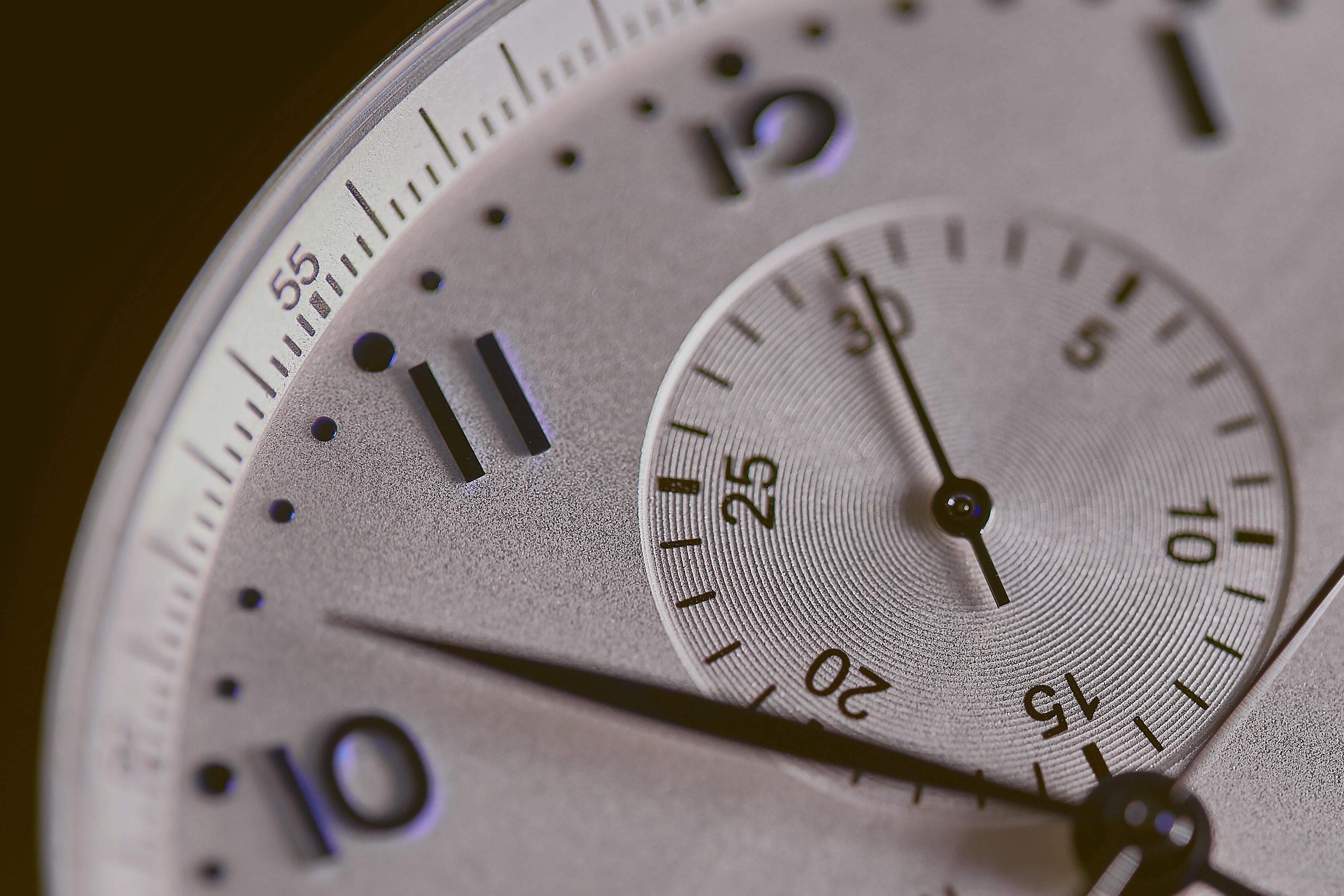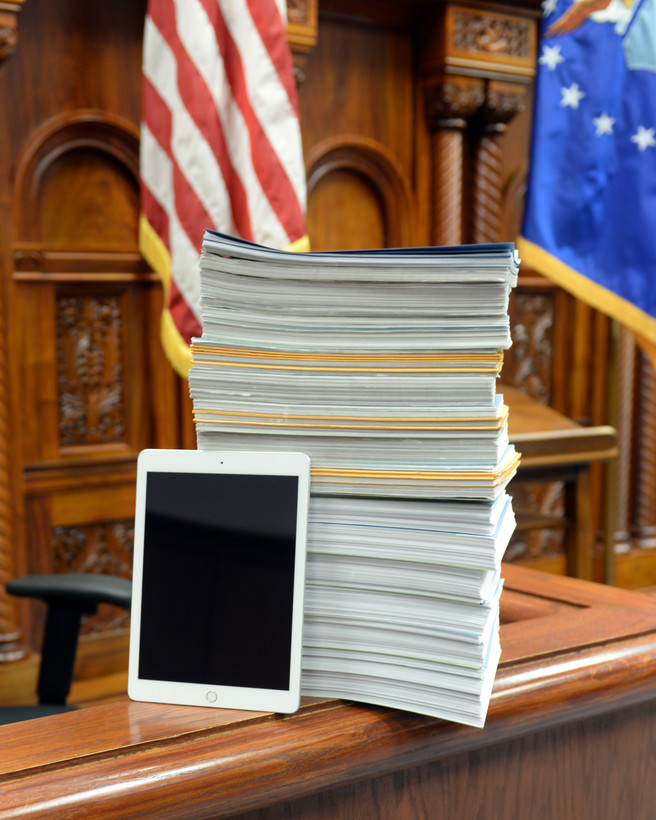Remember that each personal injury case is unique, and the specific types of evidence needed may vary.
Personal injury claims can be complex and challenging to navigate. One of the most crucial aspects of building a strong case is gathering and preserving evidence. Proper documentation of injuries, damages, and the circumstances surrounding the incident can significantly impact the outcome of a claim. This article explores why evidence collection is vital and provides guidance on the types of evidence that can strengthen a personal injury case.
Why Evidence Matters
Gathering evidence is essential for several reasons:
- Proving liability: Evidence helps establish who was at fault for the accident or incident that caused the injury.
- Demonstrating the extent of injuries: Proper documentation shows the severity and impact of the injuries sustained.
- Quantifying damages: Evidence supports claims for compensation, including medical expenses, lost wages, and pain and suffering.
- Enhancing credibility: Well-documented evidence lends credibility to the claimant’s account of events.
- Facilitating settlement negotiations: Strong evidence can lead to more favorable settlement offers and potentially avoid the need for a trial.
Types of Evidence to Collect
There are a few different types of evidence to collect. To make it easy we’ve sorted them below.
Accident Scene Evidence
- Photographs of the accident scene, including property damage and hazardous conditions
- Police reports
- Witness statements and contact information
- Weather reports (if relevant)
- Surveillance camera footage (if available)
Medical Evidence
- Emergency room records
- Doctor’s notes and diagnoses
- Medical test results (X-rays, MRIs, CT scans)
- Prescription records
- Physical therapy and rehabilitation records
- Mental health treatment records (if applicable)
Financial Evidence
- Medical bills and receipts
- Pay stubs or income statements to demonstrate lost wages
- Documentation of missed workdays
- Receipts for out-of-pocket expenses related to the injury
Personal Documentation
- Pain journal detailing daily symptoms and limitations
- Photographs of visible injuries over time
- Calendar entries showing missed events or activities due to injury
Best Practices for Evidence Gathering
- Act quickly: Collect evidence as soon as possible after the incident to ensure accuracy and prevent loss of important details.
- Be thorough: Document everything, even if it seems insignificant at the time. Small details can become important later in the claims process.
- Organize systematically: Keep all evidence in a safe, organized manner. Consider creating digital copies of important documents.
- Seek professional help: A personal injury law firm like WVGB Personal Injury Lawyers can provide guidance on what evidence to collect and how to preserve it properly.
- Maintain consistency: Ensure that all statements and documentation are consistent to avoid credibility issues.
- Follow medical advice: Attend all medical appointments and follow treatment plans as prescribed. This creates a clear record of the injury’s impact and demonstrates a commitment to recovery.
- Preserve digital evidence: Save relevant emails, text messages, or social media posts that may pertain to the incident or its aftermath.
Challenges in Evidence Gathering

While collecting evidence is crucial, it can also present challenges:
- Time sensitivity: Some evidence may be lost or altered if not collected promptly. It’s best to think about what the priorities are and act accordingly.
- Access limitations: Certain types of evidence may be difficult to obtain without legal intervention.
- Privacy concerns: Balancing the need for evidence with personal privacy rights can be complex.
- Reliability issues: Ensuring the credibility and admissibility of evidence is essential.
Gathering comprehensive evidence is a critical step in building a strong personal injury claim. It provides the foundation for proving liability, demonstrating the extent of injuries, and justifying compensation requests. By diligently collecting and preserving relevant evidence, claimants can significantly enhance their chances of a favorable outcome in their personal injury case.
Remember that each personal injury case is unique, and the specific types of evidence needed may vary.
Consulting with a qualified personal injury lawyer can provide valuable guidance on evidence-collection strategies tailored to individual circumstances. With thorough documentation and proper evidence gathering, claimants can present a compelling case and increase their likelihood of receiving fair compensation for their injuries and losses.


Join the conversation!